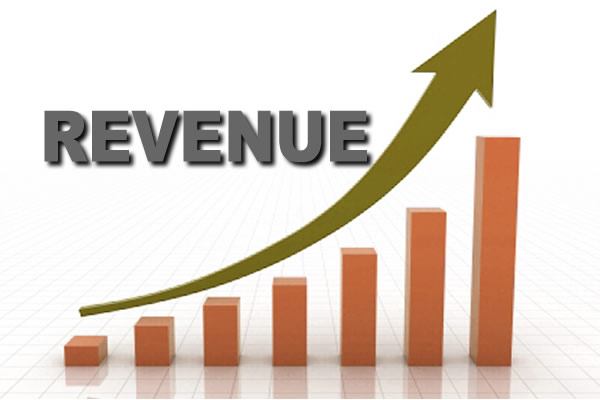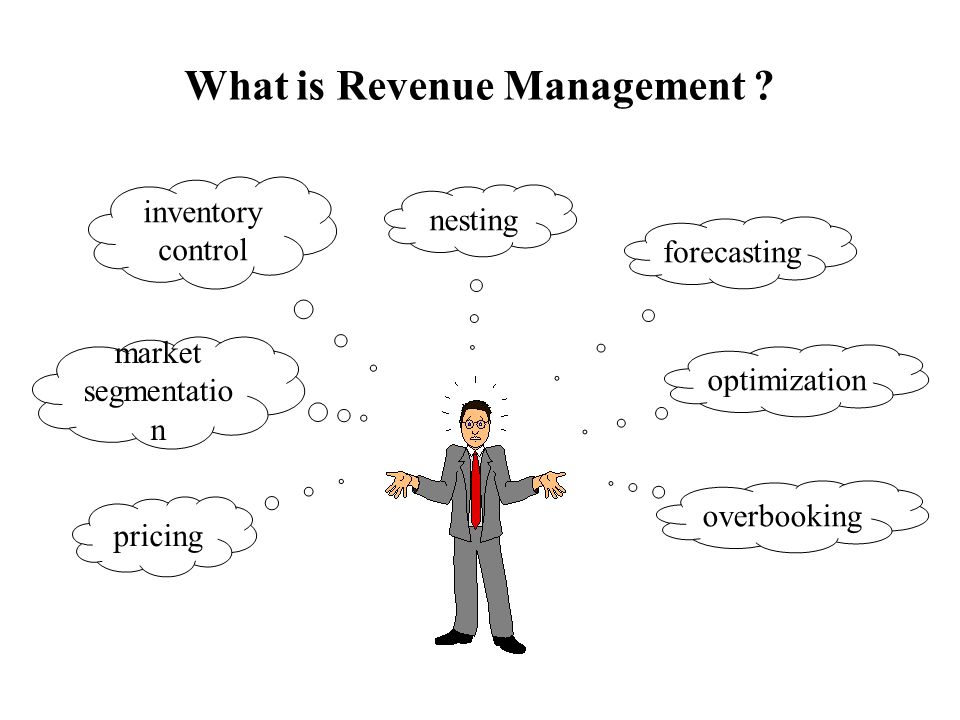
The Idiot's Guide to Hotel Revenue Management 🤔

“Hotel revenue management might sound complicated, but it's really about one simple goal: making as much money as possible from your hotel rooms.”
The Idiot's Guide to Hotel Revenue Management 🤔
Hotel revenue management might sound complicated, but it's really about one simple goal: making as much money as possible from your hotel rooms. Here’s a no-nonsense breakdown of what it is and how it works.

1. What Is Hotel Revenue Management?
Think of hotel revenue management as selling your rooms for the most money you can get, without leaving any empty.
It’s about finding the sweet spot between how much you charge for a room and how many rooms you can fill.
2. Important Numbers to Know
Here are the key numbers you need to keep an eye on:
- Average Daily Rate (ADR): This is how much, on average, you’re charging for a room each night.
- Occupancy Rate: This tells you how many of your rooms are filled up.
- Revenue Per Available Room (RevPAR): This is a mix of ADR and occupancy rate. It’s the big number you want to maximize, showing how much money each room is making, whether it’s occupied or not.
3. Changing Prices (Dynamic Pricing)
You’ve probably noticed how hotel prices go up and down. That’s dynamic pricing.
You charge more when lots of people want to stay, like during a big event, and less when things are slow, like in the off-season. The idea is to get as much money as you can without scaring away customers.
4. Predicting Demand
You don’t have a crystal ball, but you can predict when people will want to stay at your hotel. By looking at past data and what’s happening in the area, you can guess when demand will be high or low. Then, you can adjust your prices and room availability to make the most money.
5. Knowing Your Customers
Not everyone staying at your hotel is the same. Business travelers might book last minute and don’t mind paying more, while families might be looking for deals. By understanding different types of guests, you can set prices that match what they’re willing to pay.
6. Selling Your Rooms
You’ve got lots of ways to sell your rooms: your hotel’s website, OTAs like Booking.com, Expedia etc, travel websites like Tripadvisor or even direct phone bookings. Each way has different costs and reaches different people. The trick is to figure out the best mix, so you’re not giving too much money to middlemen (like OTAs) but still filling your rooms.
7. Using Technology
Managing all this by hand would be a nightmare, so there’s software that can help. These tools look at all your data and give you advice on what prices to set, how many rooms to offer, and where to sell them.
8. Common Problems
Even with all this, things can still go wrong. You might have too much data to handle, or your prices might get out of whack on different booking sites.
And sometimes, things happen that nobody can predict, like a sudden drop in travel. To stay on top, keep learning and tweaking your strategies.
9. Wrapping It Up
In the end, hotel revenue management is all about getting the most money from your rooms without losing guests. As the hotel business keeps changing, mastering these basics will help you stay ahead and keep your hotel profitable.
Create your own revenue management checklist:
Here is a quick checklist to get you started with your revenue management practice.
Your hotel has a website (brand.com)
The website has an integrated IBE - Internet Booking Engine
Your hotel is featured on the major OTAs
You are distributing ARI - Availability Rates and Inventory to your website and to OTAs
Your hotel content and images are upto date.
You are tracking daily pick up.
You know how much you need to achieve to meet your monthly budget
You have a plan in place to achieve that.